The Deadliest Chemical Warfare Attacks In History
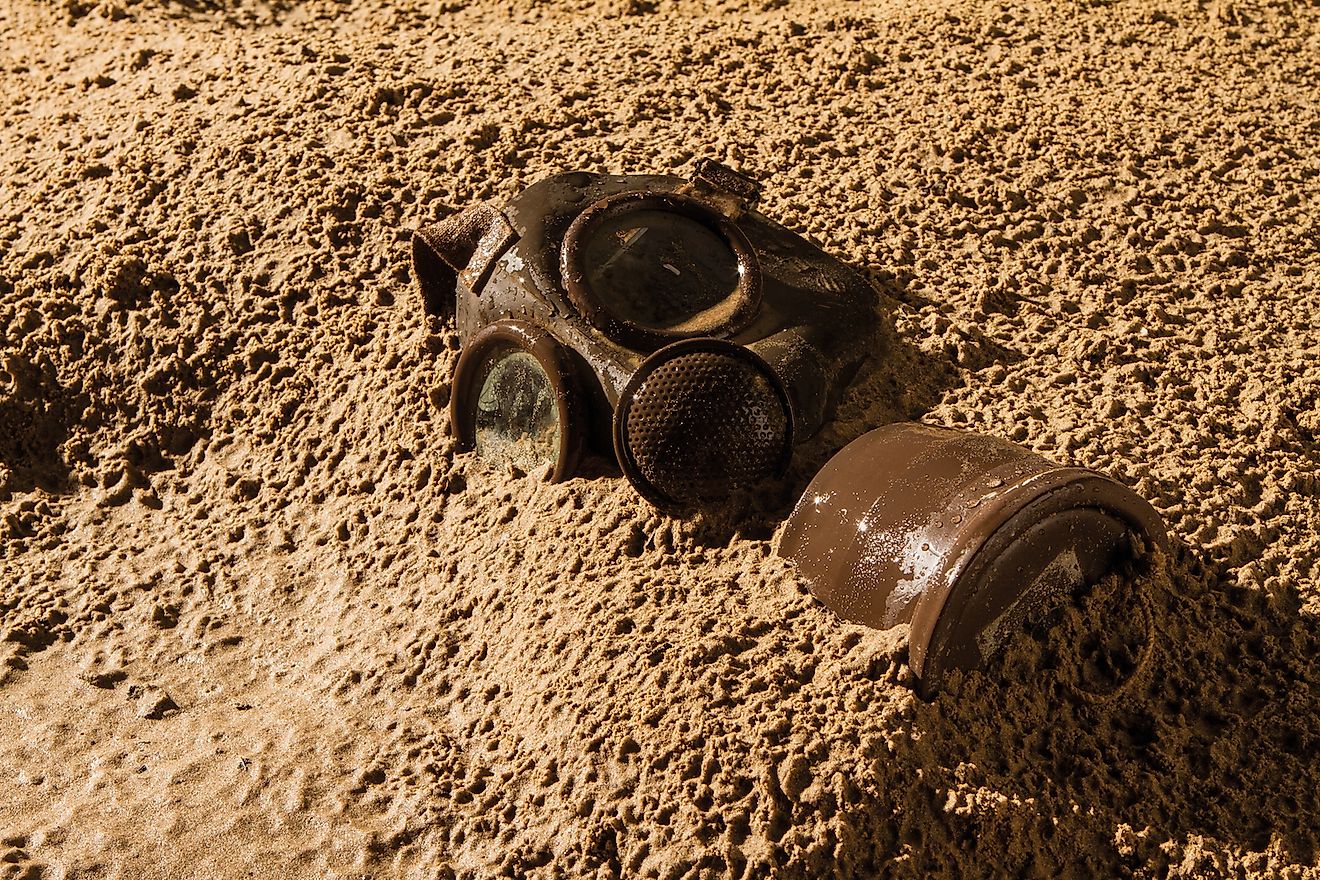
- Chemical weapons are typically classed in one of the following categories: lethal agents, incapacitating agents, and harassing agents, each of which has multiple sub-categories based on their effects.
- The use of weaponized chemicals is a method that dates back essentially as early as we can trace mankind.
- Many chemical weapons were originally intended for use as pesticides and insecticides.
Chemical warfare is a tactic that involves the use of a toxic chemical agent against an enemy with the goal of creating large-scale fatalities. The use of weaponized chemicals is a method that dates back essentially as early as we can trace mankind. Chemical warfare is rooted in the realization that humans can use external compounds and pathogens to cause incapacitation and death in each other. In the 14 century BCE, the Hittites sent infected rams to enemy groups to infect and weaken them. In medieval times, rumors were rampant that warring groups would use catapults to hurl infected and rotting corpses across enemy lines, causing disease among their nemeses. Modern chemical warfare sees its beginnings in these times, and technology has advanced both our understanding of chemical compounds and delivery methods, creating ever more deadly chemical weapons than those of the past.
Chemical and biological warfare are often conflated, but the basic difference is simple - if the weapon is a live pathogen like a virus, bacterium, or another living pathogen, it’s biological. If it’s a non-living compound, it’s chemical. Pathogens like anthrax, Ebola, and smallpox are biological agents. Substances like sarin gas, mustard gas, and VX are chemical agents. None are weapons on their own, like nuclear material, they become weaponized when they are attached to a delivery system. Delivery systems can vary in sophistication from Ziploc bags to satellite targeted intercontinental ballistic missiles - they just need to be able to contain and deliver a substance.
Chemical weapons are typically classed in one of the following categories: lethal agents, incapacitating agents, and harassing agents, each of which has multiple sub-categories based on their effects. While any toxic compound could be a possible a chemical “weapon”, there is a generally accepted benchmark of lethality that places nerve agents, blood agents, blister agents, and choking agents into a strategic class. Strategic weapons are considered to be those that would be used in warfare by a military force.
Below are some of the most lethal chemical attacks in history:
8. World War II Nazi Killing Chambers
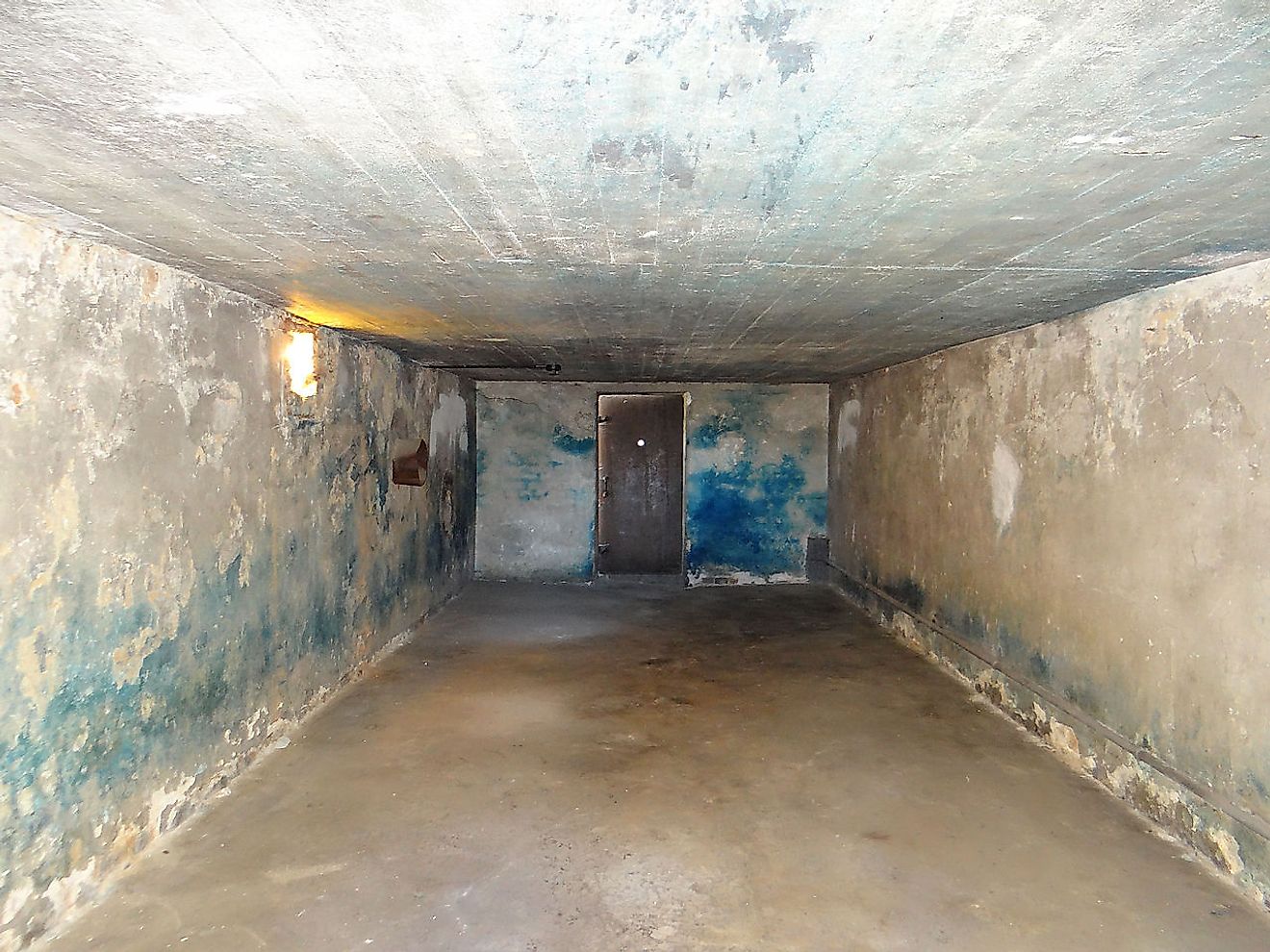
Among now infamously horrific Nazi genocide methods are the gas chambers that were used to inflict genocide upon over one million people during WWII. One of the most prevalent chemicals used in the gas chambers beginning in 1941 was Zyklon B. The name Zyklon B is the brand name for hydrogen cyanide, sometimes called prussic acid. Produced and transported as purple crystals, or pellets, Zyklon B would be released into gas chambers where it would turn into a highly toxic choking agent upon being exposed to the air. Its original use was as a commercial cleaner and pesticide developed from the work of Jewish chemist Fritz Haber, but was tragically re-purposed by the Nazis as a method of mass killing.
7. World War I Poison Gases, January 1915
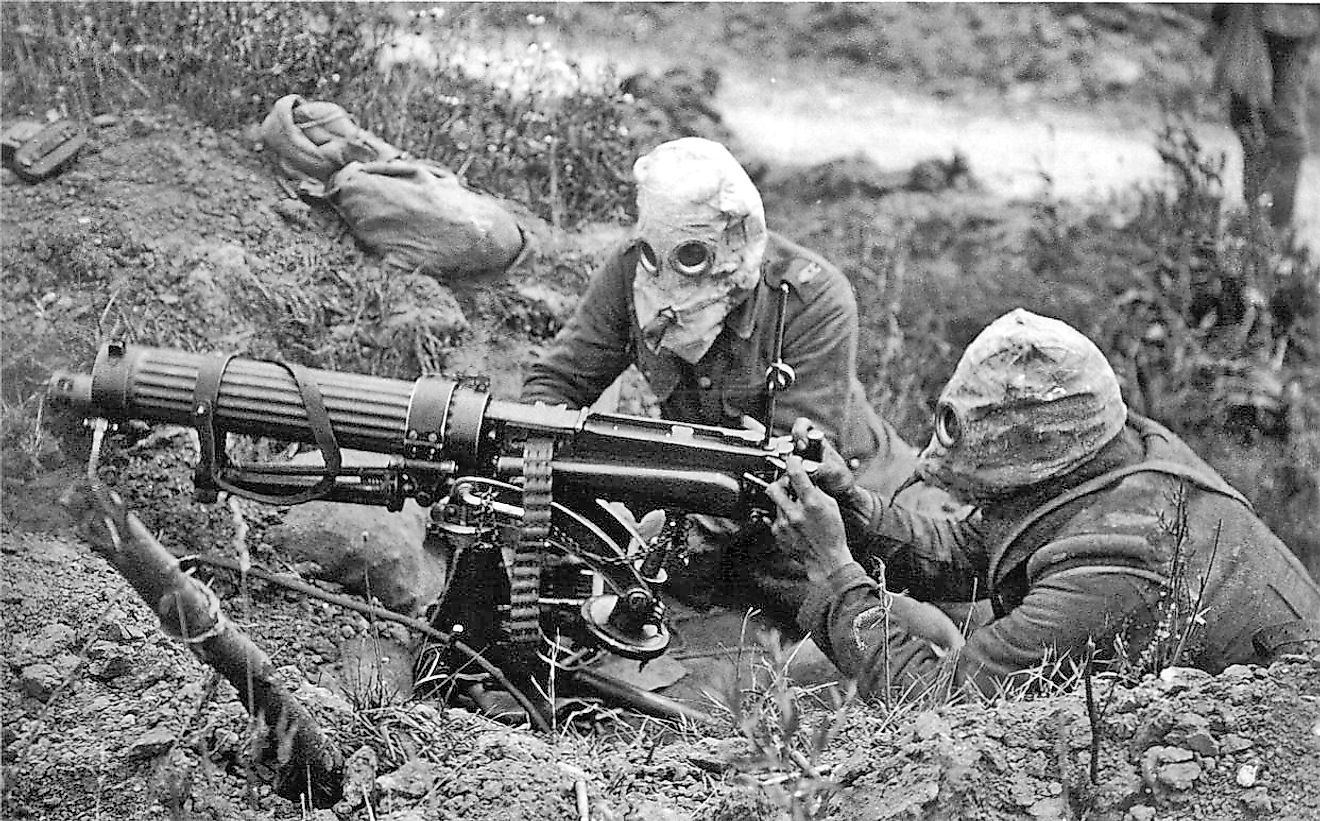
First developed by the German military for use against Allied forces, several poison gases were tested as strategic weapons in WWI. Amassing over 160,000 casualties in one year of use, poison gas was a strategic revolution. While the Germans’ first successful attack is generally considered to have been in April 1915, there were several attempts before that, most notably a chemical attack on the Russian force in January 1915 using xylyl bromide gas. Due to freezing weather, the xylyl bromide gas largely froze in the air and was considered by the Germans to be a failed attempt, although Russia still reported over 1,000 deaths from the attack.
6. World War I Poison Gases, April 1915
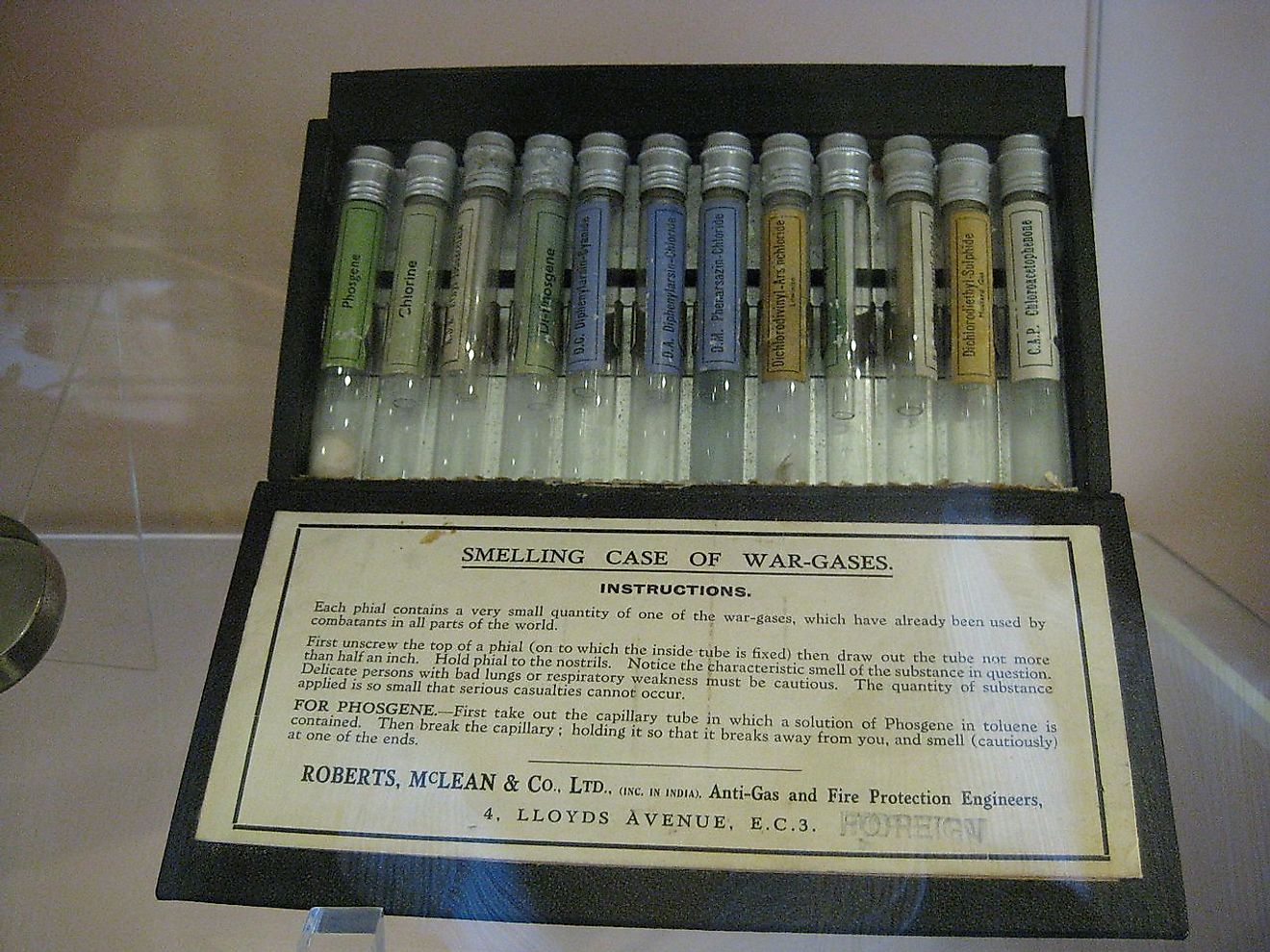
Later in 1915, Germany would devastate the Allied forces in France with chlorine gas, resulting in significant gains for the Germans by the end of the offensive, known as the Second Battle of Ypres. 170 metric tons of chlorine gas in 5,730 cylinders was buried along the Allied front, causing approximately 1,100 deaths and 7,000 injured.
5. World War I Poison Gases, December 1915
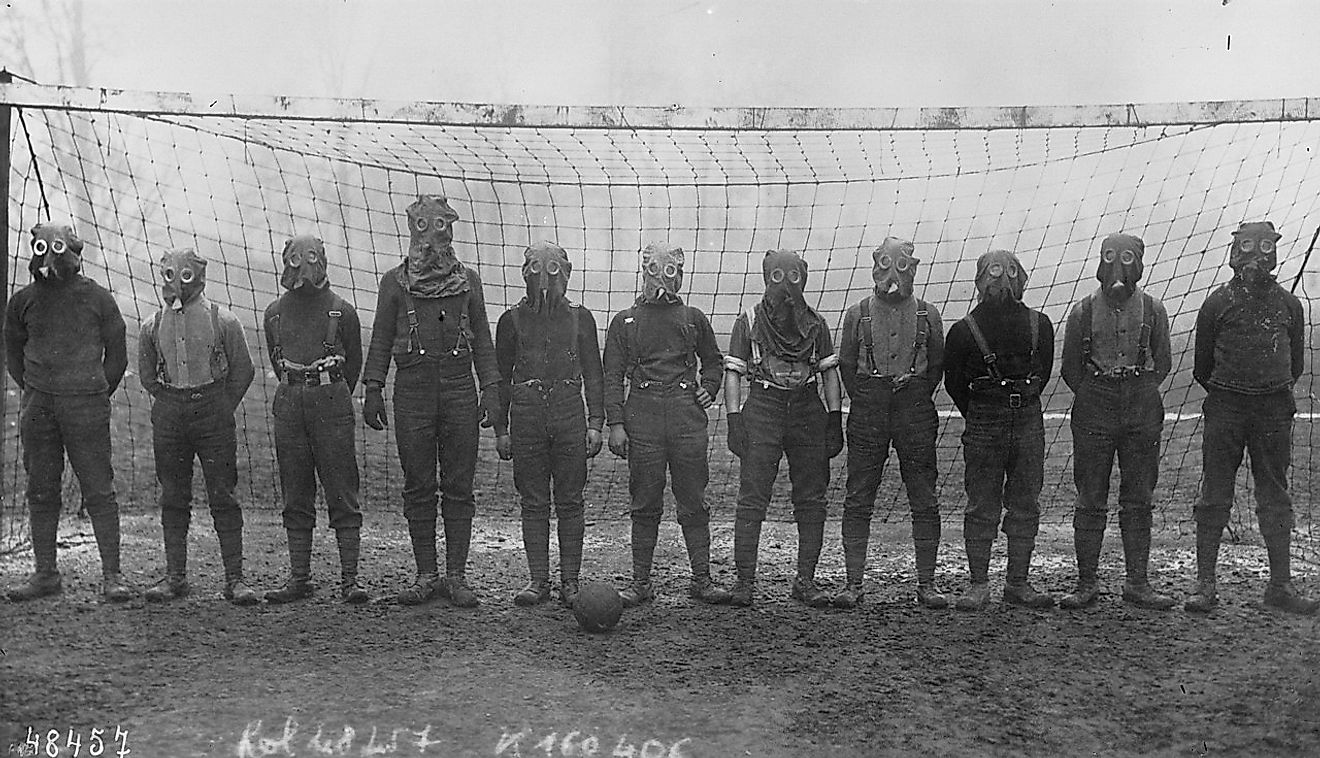
In the final month of the year that poison gases had become commonly used on both the German and Allied sides, the Germans used phosgene against the British for the first time, resulting in 1,000 injuries, and120 casualties.
4. World War I Poison Gases, July 1917
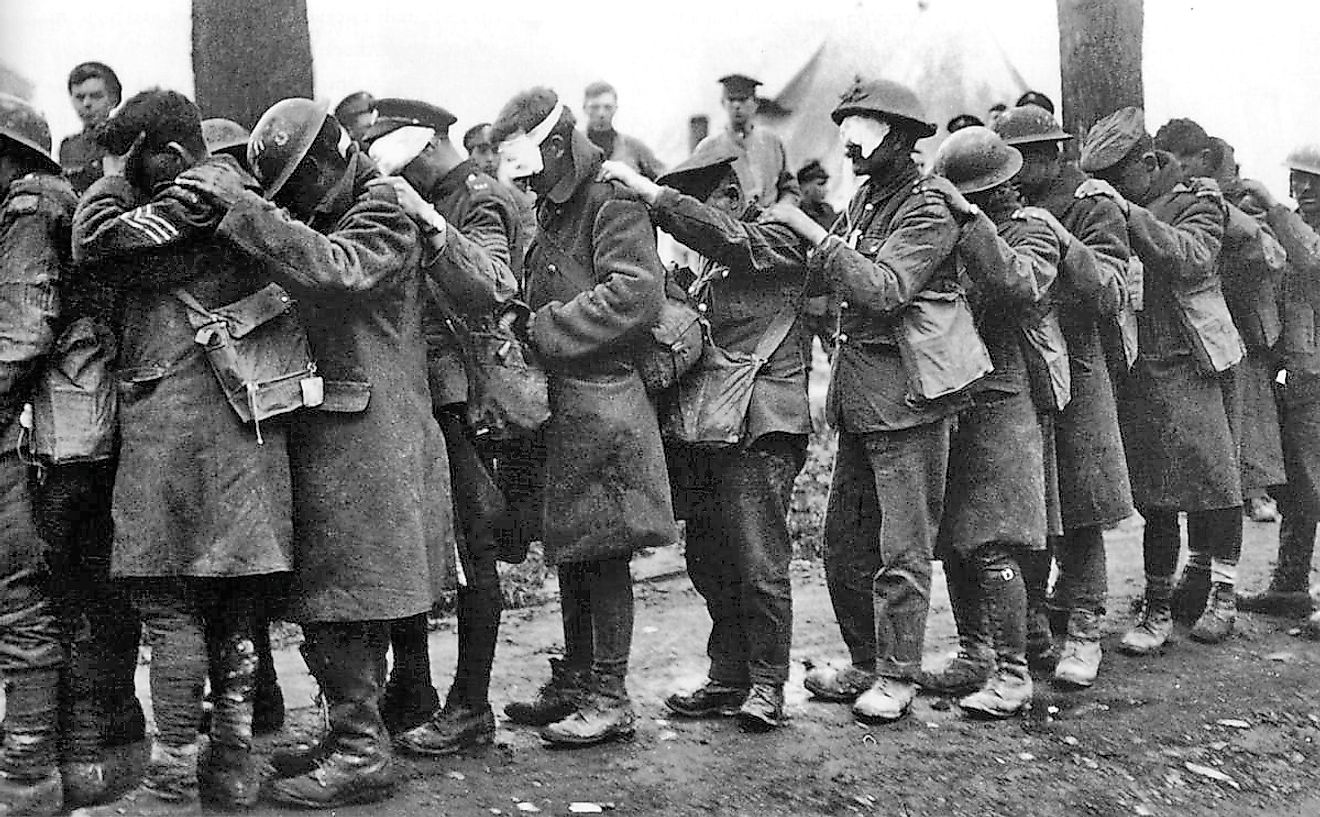
Another first for the German military - mustard gas is deployed for the first time against the Allies. Mustard gas would become WWI legend, terrifying even the bravest soldiers due to its delayed and horrific effects. The first mustard gas attack against the Allies would cause 2,100 casualties. The first three weeks of mustard gas use would cause the same number of casualties the Allies suffered in the previous year of chemical attacks.
3. Tokyo Sarin Gas Attack - 1995
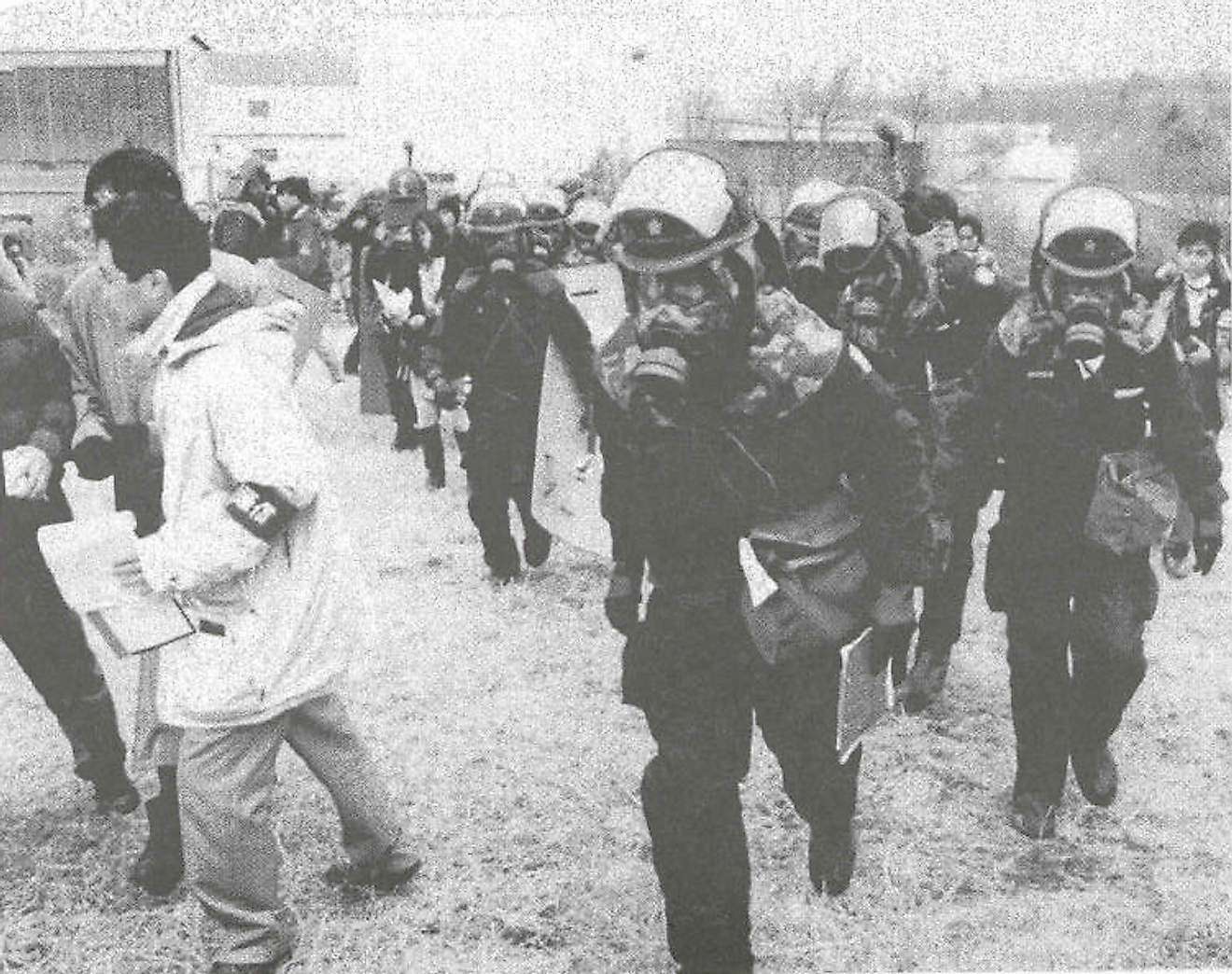
A non-governmental actor, a cult called Aum Shinrikyo, killed 13 and injured 5,800 Japanese commuters in Japan's largest chemical weapons attack. Members of Aum Shinrikyo boarded the Tokyo transit system with bags of Sarin gas meant to inflict mass casualties. While not a military group, Aum Shinrikyo is what can be classed as a “death cult”.
2. Vietnam War, 1965 - 1970
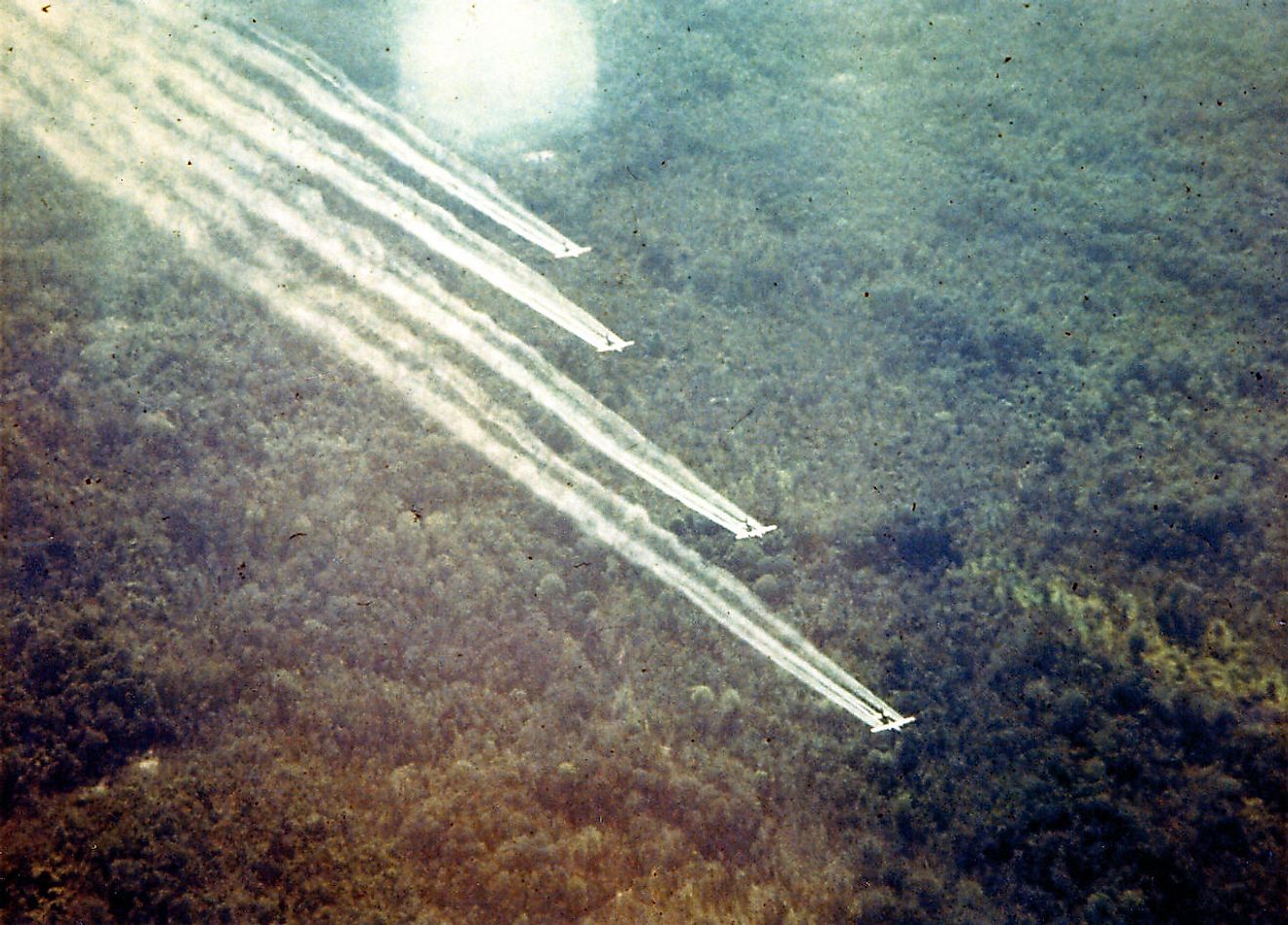
The US use of napalm and Agent Orange against the Vietnamese sparked international protest and dissent. Napalm is comprised of plastic polystyrene, hydrocarbon benzene, and gasoline. It is very sticky, and when delivered in its gel form is very difficult to remove. It burns at very high temperatures and caused hundreds of thousands of military and civilian injuries and casualties. Agent Orange, while not as immediately injurious, was a herbicide sprayed on the jungles of Vietnam, Laos, and Cambodia to wither plant life, therefore exposing Viet Cong soldiers who were taking cover under the heavy foliage. Agent Orange itself breaks down within a week, as a result producing a compound called dioxin. Dioxin lingers in some conditions for up to 100 years and is estimated by the Vietnamese government to have caused up to 400,000 deaths, and 1.5 million birth defects.
1. Ancient Greece
Like many innovations, the Ancient Greeks were among the first recorded to use chemical warfare. In 600 BCE the water supply of a town being attacked by the Athenians was poisoned. The settlement of Kirrha was subjected to water poisoned with hellebore plants by the Athenian army. In 479 BCE, the Peloponnesians used sulfur fumes to weaken the town of Platea.











